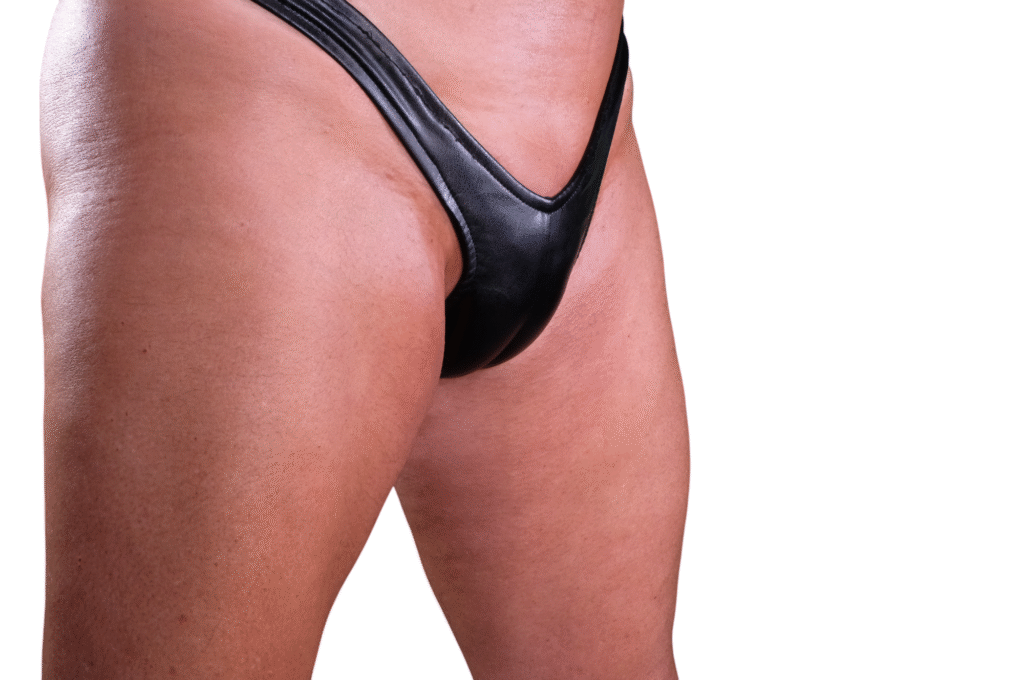“Becoming Me: Sarah’s Story of Gender Transformation”
At seventeen, Jordan always knew something felt off. She hated that name. She hated the way people looked at her and assumed she was a boy. Inside, she wasn’t Jordan—she was Sarah. The name felt like sunlight on her skin. Warm. Right. Real.
But the world didn’t know that yet.
It started with a whisper. Quiet internet searches late at night, like “Am I transgender?” or “How to transition from male to female”. At first, it all felt overwhelming—doctors, hormones, surgeries—but also thrilling. For the first time in her life, she was imagining living as herself.
Step 1: Self-Reflection and Exploration
Sarah began by journaling her feelings. It helped her sort through questions: Am I really trans? What do I want from transitioning? She also found comfort in online forums like r/asktransgender on Reddit and Tumblr’s trans communities, where others shared their journeys.
Over time, her reflection became certainty: I am a girl.
Step 2: Coming Out and Finding Support
Sarah came out first to a trusted friend. The reaction? Tears of joy and a hug that lasted forever. That support gave her courage to tell her mom, who didn’t understand at first, but promised to try.
Her school counselor helped connect her with a local LGBTQ+ center, where she met others like her—trans girls, nonbinary teens, and allies. For the first time, Sarah didn’t feel alone.
Resources for Support:
- 🏳️⚧️ PFLAG (https://pflag.org): Offers support for LGBTQ+ youth and their families.
- 🏳️⚧️ The Trevor Project (https://www.thetrevorproject.org): Crisis support and guidance for LGBTQ+ youth, including a 24/7 text/chat line.
- 🏳️⚧️ GLAAD (https://www.glaad.org/transgender): Advocacy and resources.
- 🏳️⚧️ Trans Lifeline (https://www.translifeline.org): Peer-run hotline by trans people, for trans people.
- 🏳️⚧️ Local LGBTQ+ centers: Many offer therapy, HRT navigation, and gender-affirming services.
Step 3: Social Transition
Sarah’s first changes were small but powerful. She began using “she/her” pronouns and asked people to call her Sarah. She started growing her hair out, experimenting with makeup, and dressing in clothes that reflected who she was. These changes gave her confidence and affirmed her identity.
Step 4: Medical Transition (if desired)
With her mom’s support, Sarah met with a gender-affirming therapist, a requirement in many places before starting hormones. After a few sessions, she got a letter of recommendation for HRT (Hormone Replacement Therapy).
She made an appointment at a Planned Parenthood clinic—many offer gender-affirming hormone therapy. Sarah started taking estrogen and testosterone blockers.
Over time, her skin softened. Her emotions felt more aligned with how she experienced the world. She cried more easily, but smiled more too. Her body changed slowly—but beautifully.

Common Medical Transition Steps:
- Puberty blockers (if under 18 and not yet through puberty)
- Hormone Replacement Therapy (HRT)
- Voice training (with apps or speech therapists)
- Hair removal (laser/electrolysis)
- Surgeries (optional: breast augmentation, facial feminization surgery, vaginoplasty)
Note: Not all trans women choose surgery—and that’s valid. Transition is about feeling like yourself.
Step 5: Legal Transition
As Sarah grew into adulthood, she updated her documents to match her name and gender. She changed her name legally, updated her driver’s license, and got a passport in her true identity.
Organizations that Can Help with Legal Changes:
- Transgender Legal Defense & Education Fund (TLDEF) – https://www.transgenderlegal.org
- National Center for Transgender Equality (NCTE) – https://transequality.org
Step 6: Thriving as Her True Self
By the time she turned twenty-one, Sarah looked back and barely recognized the scared teen she once was. She was radiant, confident, still growing—and fully herself. She joined a trans support group to help others just starting out. Because every journey deserves a helping hand.
Closing Words
Transition isn’t a straight path. It’s winding, deeply personal, and filled with choices. Not everyone chooses every step. But every step should be guided by what makes you feel whole.
And just like Sarah, anyone starting this journey deserves love, safety, and support.